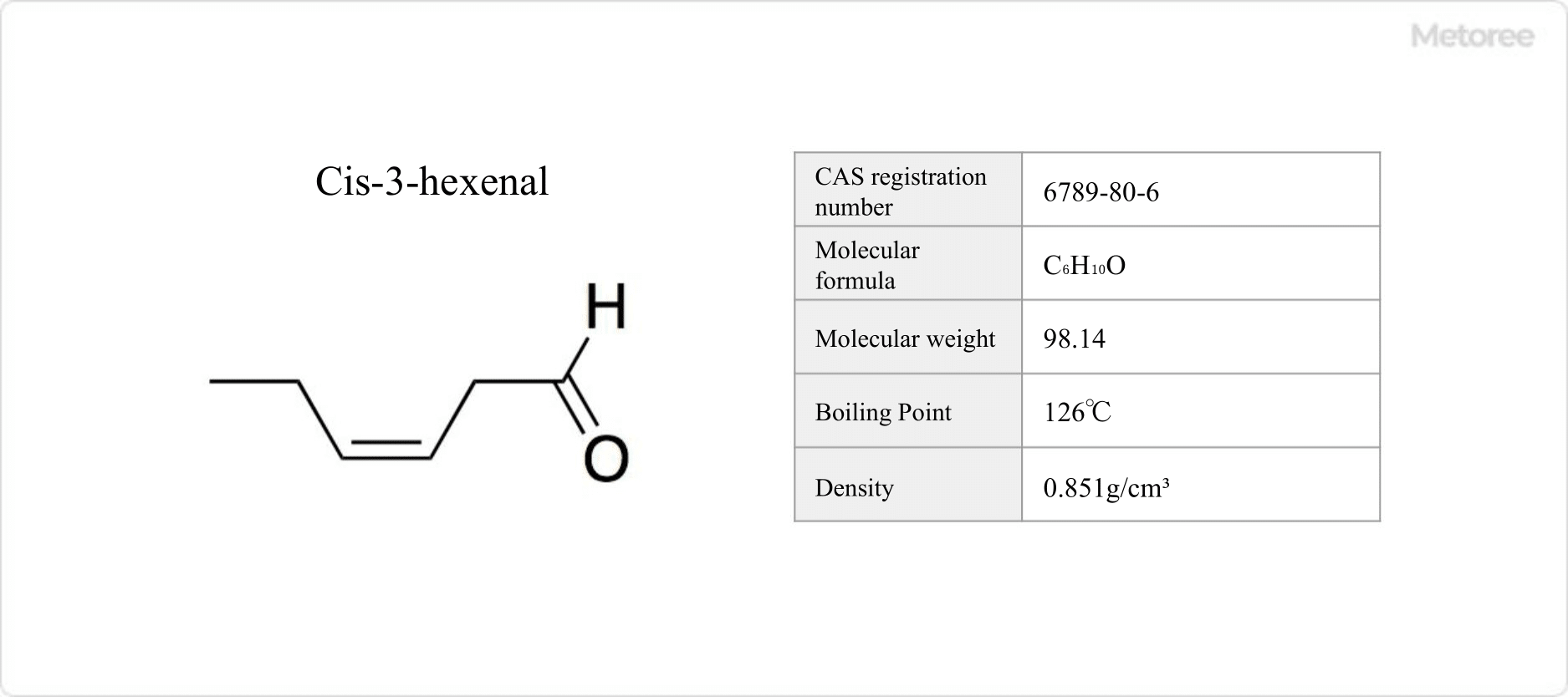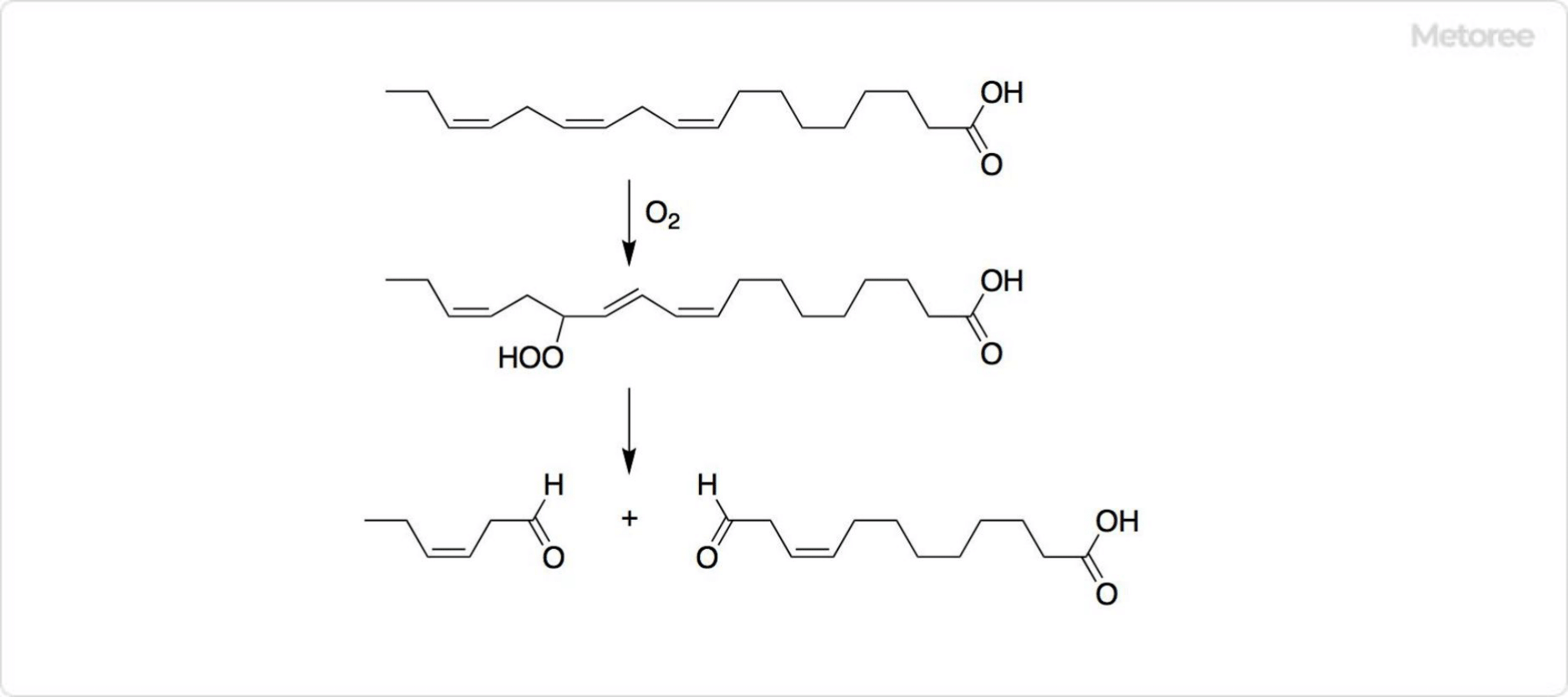What Is Benzyl Alcohol?
Benzyl alcohol is a volatile aromatic alcohol with the molecular formula C6H5CH2OH. This clear, colorless liquid is known for its weak, characteristic aroma. It is insoluble in water but miscible with many organic solvents.
It naturally occurs as an esterified component in essential oils from jasmine, hyacinth, acacia, ylang-ylang, and other flowers.
Uses of Benzyl Alcohol
Benzyl alcohol’s versatility is evident in its application across fragrances, solvents, pharmaceuticals, and as intermediates in chemical synthesis.
1. Fragrance
Known for its almond-like aroma, it’s used in cosmetics, soaps, perfumes, and food flavoring.
2. Solvent
It serves as an alternative to methylene chloride for paint film and floor wax removal, besides being a solvent in paints, adhesives, and inks.
3. Chemical Synthesis
As an intermediate, it’s crucial in synthesizing benzaldehyde and benzylamine, among others, and as a benzylating agent or a protective group in syntheses.
Its roles extend to being a solvent and diluent in ester production, agrochemicals, inks, lacquers, cellulose derivatives, and as an auxiliary in dyeing hydrophobic fibers like acrylics. Its utility in cosmetics, food additives, pharmaceutical ingredients, and anesthetics further showcases its importance.
Properties of Benzyl Alcohol
This liquid’s boiling point is 205°C, with a melting point of -15°C, and a specific gravity of 1.045. Its weak aroma resembles almonds, and though slightly insoluble in water, it dissolves well in ethanol, ether, chloroform, and acetone. Stable under light and heat, benzyl alcohol can oxidize in air.
While generally low in toxicity, it may irritate skin and eyes at high concentrations, and oral ingestion has been linked to poisoning, necessitating careful handling.
In organic synthesis, its capacity for oxidation to benzaldehyde and reduction to benzylamine highlights its significant reactivity.
Structure of Benzyl Alcohol
With a molecular formula of C7H8O and a weight of 108.14, it combines a benzene ring and a hydroxyl group, offering unique solubility and reactivity. This structure, balancing the benzene ring’s resonance stability and the hydroxyl group’s polarity, enables good solubility in organic solvents and utility in synthetic reactions.
Other Information on Benzyl Alcohol
Benzyl Alcohol Production Method
Produced predominantly through halogenation and reduction of toluene, this method involves creating benzyl halides and then reducing them with bases like potassium or sodium hydroxide. Alternative synthesis routes include the Canizaro reaction, the Friedel-Crafts reaction, and the reductive amination of nitrobenzene.


